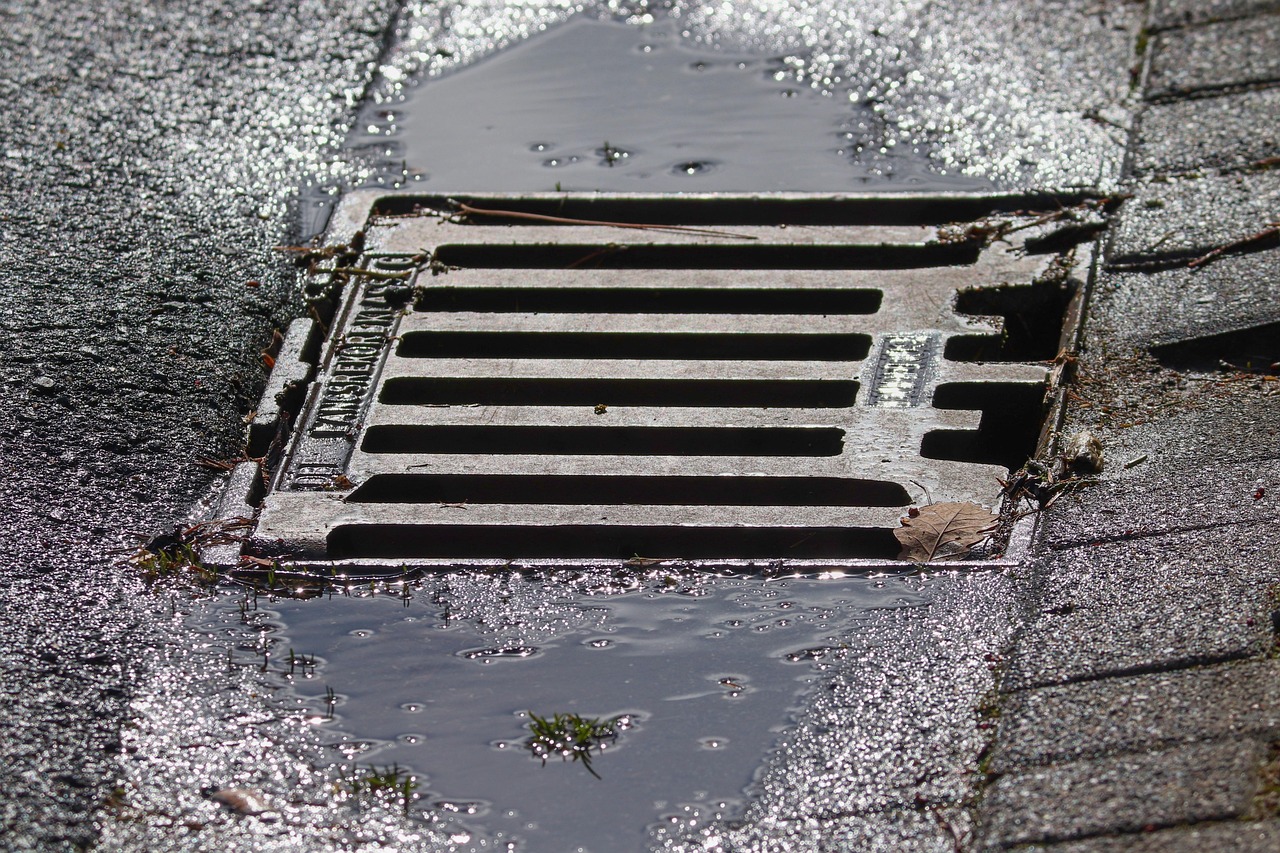Gully drains play a crucial role in protecting your property from water damage, yet many homeowners overlook their importance until problems arise. These drainage solutions collect surface water and direct it away from buildings, preventing flooding and structural issues. Whether you’re planning a new installation or maintaining an existing system, understanding gully drain will help you make informed decisions about your property’s drainage needs.
This guide covers everything you need to know about gully drains, from basic functionality to professional maintenance practices.
Understanding Gully Drains
A gully drain is a drainage fixture that collects surface water from areas such as courtyards, driveways, and patios before channelling it into the main drainage system. The drain consists of a collection chamber, typically made from concrete, plastic, or clay, with a removable grating on top that allows water to enter while preventing debris from blocking the system.
Gully drains are commonly positioned at low points around buildings where water naturally accumulates. You’ll often find them near garage entrances, at the bottom of sloped driveways, alongside building foundations, and in outdoor entertainment areas. Commercial properties frequently install them in car parks, loading bays, and pedestrian areas where water runoff could create hazardous conditions.
The importance of gully drains becomes apparent during heavy rainfall or when washing outdoor areas. Without proper drainage, water can pool around foundations, causing dampness issues, structural damage, and creating slip hazards. Gully drains prevent these problems by capturing water quickly and directing it away from vulnerable areas.
Choosing the Right Gully Drain
Several types of gully drains are available, each suited to different applications and load requirements. Standard gully drains handle typical residential drainage needs and work well for patios and light-traffic areas. Heavy-duty versions can withstand vehicle loads, making them ideal for driveways and commercial applications.
Material choice significantly impacts performance and longevity. Concrete gully drains offer excellent durability and can handle heavy loads, but they require professional installation due to their weight. Plastic versions are lighter, easier to install, and resist corrosion, though they may not suit heavy-traffic areas. Clay gully drains provide good chemical resistance and traditional aesthetics but can be more fragile than other options.
Load rating represents a critical selection factor. Residential applications typically require Class A or B ratings, suitable for foot traffic and occasional light vehicles. Driveways and areas accessed by cars need Class C ratings, while commercial locations with heavy vehicle traffic require Class D or higher ratings.
Size considerations depend on the drainage area and expected water volume. Larger collection chambers handle more water and require less frequent cleaning, but they cost more and need additional excavation space. Smaller units suit limited spaces but may overflow during heavy rainfall if undersized.
Installation complexity varies between products. Some gully drains offer quick-fit connections that simplify pipe connections, while others require traditional jointing methods. Consider your local drainage regulations, as some areas mandate specific connection types or inspection chamber requirements.
Cost factors include the initial purchase price, installation expenses, and long-term maintenance requirements. While basic plastic units start from around £20, heavy-duty commercial versions can exceed £200. Professional installation typically adds £100-300 depending on site conditions and connection requirements.
Protecting Your Property Investment
Gully drains represent a small but vital component of your property’s infrastructure. Selecting appropriate products for your specific needs and maintaining them properly protects your investment and prevents costly water damage. Regular attention to these drainage systems provides peace of mind during severe weather and maintains safe, dry outdoor spaces year-round.
Consider consulting drainage professionals for complex installations or if you’re unsure about sizing requirements. Their expertise can help you avoid costly mistakes and achieve a drainage solution that serves your property effectively for years to come.


